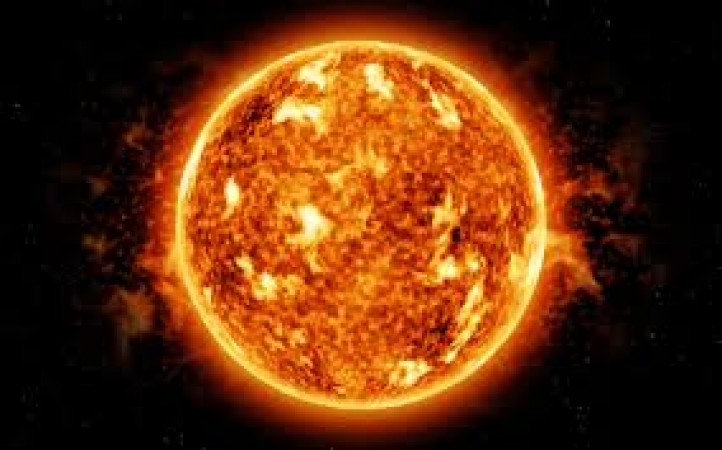
The burning question of how the Sun manages to blaze brightly in the vacuum of space, devoid of oxygen, often stirs curiosity among many. Understanding the stellar furnace that is our Sun requires delving into the fascinating realm of nuclear fusion and the unique conditions prevailing within the core of this celestial body.
At the heart of the Sun lies its core, a seething cauldron where temperatures soar to staggering levels, reaching about 15 million degrees Celsius. In such an extreme environment, hydrogen atoms undergo a remarkable process known as nuclear fusion.
Nuclear fusion involves the fusion of hydrogen atoms to form helium, releasing an immense amount of energy in the process. The key reaction driving this stellar spectacle is the fusion of hydrogen nuclei, or protons, to form helium nuclei. This fusion reaction liberates copious amounts of energy in the form of gamma rays.
The primary fusion process occurring within the Sun's core is the proton-proton chain reaction. This chain reaction involves multiple steps, each leading to the eventual conversion of hydrogen into helium. The sequence begins with two protons fusing to form deuterium, a heavier isotope of hydrogen.
Gravity plays a pivotal role in sustaining the Sun's fiery brilliance. The tremendous gravitational force exerted by the Sun's massive bulk compresses its core, enhancing the density and temperature to levels conducive for nuclear fusion. This gravitational pressure counteracts the natural tendency of the hot plasma to expand, thus maintaining the delicate balance between gravitational collapse and nuclear fusion.
The interplay between gravity and the outward pressure generated by the energy released during fusion establishes a state of hydrostatic equilibrium. This equilibrium ensures a stable configuration wherein the Sun maintains its spherical shape while continuously radiating energy into space.
Beyond the core, the Sun comprises distinct regions characterized by different modes of energy transport. The radiative zone, situated between the core and the convective zone, facilitates the gradual diffusion of photons generated in the core through a process akin to the movement of heat through a thick fog. In contrast, the convective zone allows energy to propagate via the churning motion of plasma currents, resembling the circulation of boiling water in a pot.
The culmination of the Sun's fiery journey manifests in the form of solar radiation emitted across the electromagnetic spectrum. From visible light to ultraviolet and infrared radiation, the Sun showers our solar system with a dazzling array of energy, sustaining life on Earth and driving the dynamics of planetary atmospheres.
In conclusion, the Sun's ability to burn brightly in the vacuum of space without the presence of oxygen stems from the awe-inspiring phenomenon of nuclear fusion occurring within its core. This process, fueled by the fusion of hydrogen nuclei, generates the immense energy that powers the Sun and illuminates the cosmos.
People of this zodiac sign should control their anger today, know what your horoscope says
Leo people's day is going to be something like this, know your horoscope